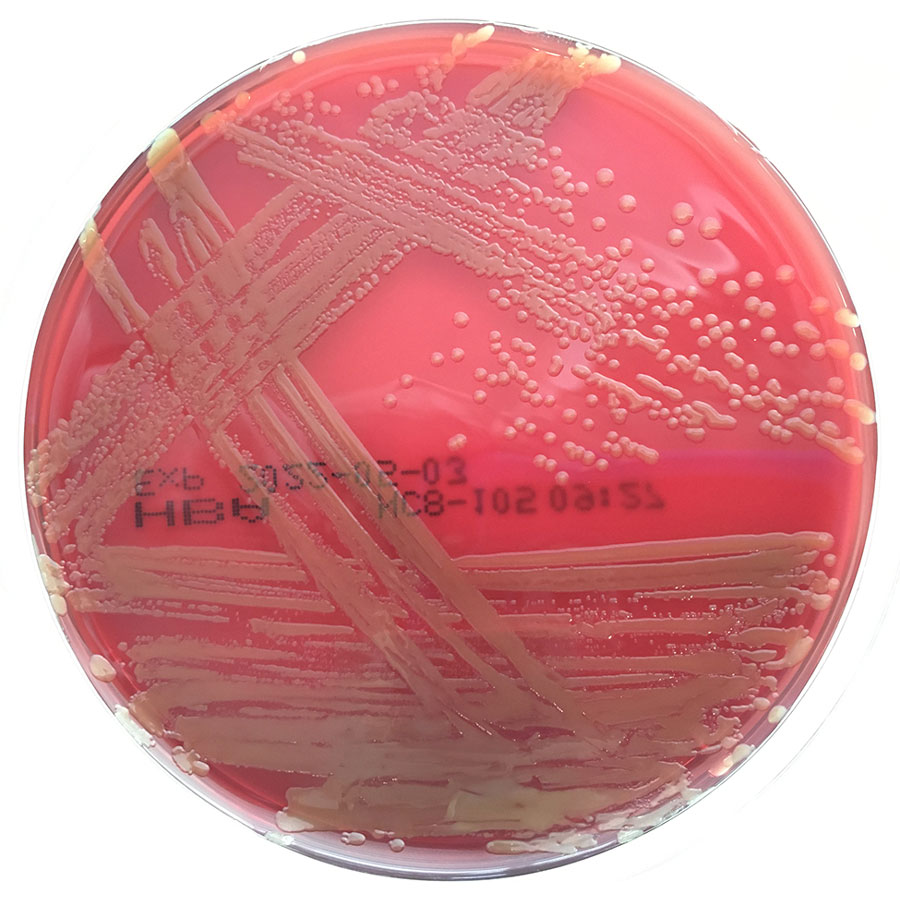Volume 31, Number 2—February 2025
Dispatch
Bacteremia and Community-Acquired Pneumonia Caused by Pantoea stewartii Subspecies indologenes, Australia
Figure 2

Figure 2. Results of blood culture for patient with Pantoea stewartii subspecies indologenes infection, Queensland, Australia. Yellow pigmented colonies grew on horse blood agar on day 1 of subculture after incubation in 5% CO2 at 35°C. VITEK MS matrix-assisted laser desorption/ionization time-of-flight mass spectrometry (bioMérieux, https://www.biomerieux.com) identified the pathogen as Pantoea ananatis with 99.9% probability, but comparative genome analysis revealed that the pathogen was most closely related to P. stewartii subsp. indologenes.
Page created: December 31, 2024
Page updated: January 31, 2025
Page reviewed: January 31, 2025
The conclusions, findings, and opinions expressed by authors contributing to this journal do not necessarily reflect the official position of the U.S. Department of Health and Human Services, the Public Health Service, the Centers for Disease Control and Prevention, or the authors' affiliated institutions. Use of trade names is for identification only and does not imply endorsement by any of the groups named above.